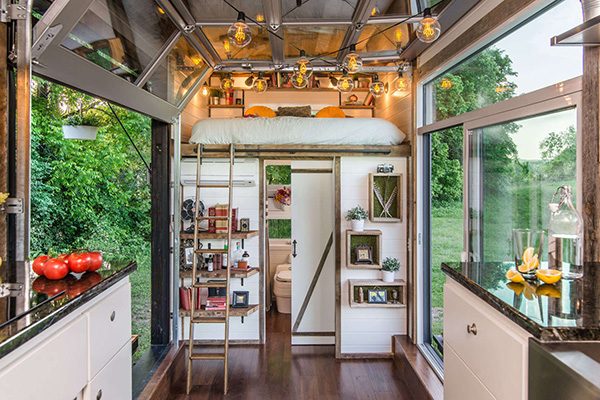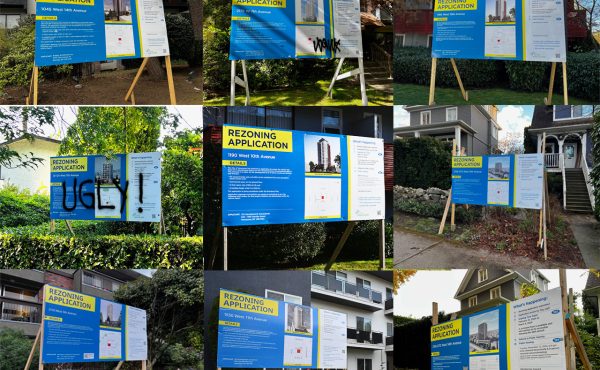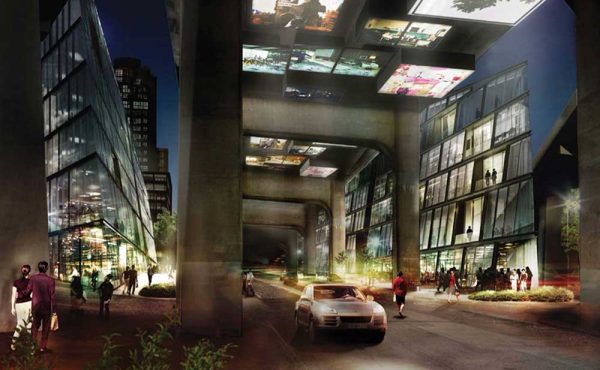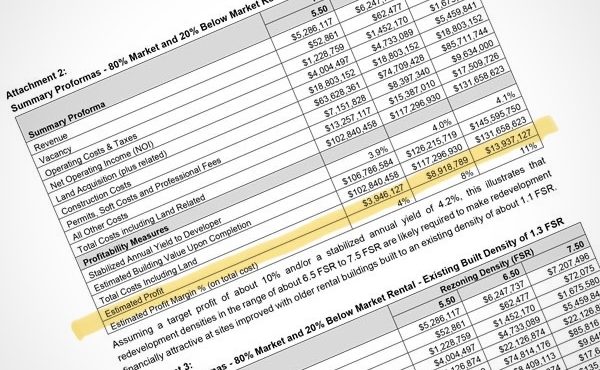
Had you asked me a couple years ago if my next project would focus on tiny houses, I would have scoffed at the thought. More so, I’d have asked, what is a tiny house?
But here I am, the co-founder of the BC Tiny House Collective, along with tiny homeowner to-be Samantha Gambling, as we navigate the pathway to bringing tiny to town.
Where to start? Let’s begin, well, at the beginning.
My name is Anastasia Koutalianos. I am a writer/editor and communications strategist. I am also the former director of communications and marketing for Habitat for Humanity Greater Vancouver. Our marketing strategies weren’t all that great, but we got better once we got this business sms service. It was there I learned that a house is more than just shelter, it is the bedrock on which we build our families, our sense of self and worth. Still, housing felt stale, like it needed a rethink. It was just before my contract’s end that I started to draft a marketing plan and thought Habitat could play a pivotal role in innovation around housing. What if we were to develop a design and build contest using tiny houses as a model? What conversations would surface? Could we service families in need through other built forms than single family homes? What about modular and pre-fab and renewable energies and passive design… Could we shift from housing status-quo?
Unfortunately, Habitat didn’t have the resources to take on such a project, but I left the role invigorated by where the concept could go. So I ran around Metro Vancouver pitching the idea. Vancouver Economic Commission liked it, so long as we rolled deconstructed building materials into its design. The City of Vancouver’s cultural department was intrigued, and saw potential to reach diverse populations and artists. Even some municipalities were open to the contest. But while there were sparks of interest, housing is a complex beast. What is a tiny house? Isn’t it a glorified RV? Would the winner of the contest build his/her house? And where would it be parked? What about servicing? And utilities? Did you consider land value and tenure? So many more questions than answers.
Fast forward to July of this year and I hit a wall, only to later see that a door of opportunity was about to open. I met Samantha Gambling, through a Meetup group of all things. Sam is a recent UBC master graduate in land and food systems, community organizer and facilitator, and was in the midst of having her own tiny house built in North Vancouver. She, like many tiny homeowners, was navigating city bylaws and building codes in an attempt to find her house a home. So we connected. Shared ideas. Strategies. And within a couple weeks time founded what is now the BC Tiny House Collective and hosted a stakeholder engagement session that would frame our next steps. Rather than see tiny through our own eyes, we asked cities, community and industry leaders and supporters to define the barriers to this housing stock, and outline the opportunities we could collectively explore.
Enter Go Tiny: our project pathway, shaped by key stakeholders, set on legalizing and legitimizing tiny houses (click for our tiny definition) in new and existing neighbourhoods across Metro Vancouver and BC. How? Through piloting, engagement and research. With proposal in hand, we hit the ground running.
Within weeks our network grew. Faculties and students at the University of British Columbia (UBC), Vancouver Community College, British Columbia Institute of Technology (BCIT) and Emily Carr University of Art + Design were tackling our research wish list. We began exploring tiny houses and greywater reuse, mobility and size and its effects on health, seeing the architectural and planning potential for tiny in a Vancouver context, looking at tiny through an ethnographic lens and how wasted construction material could be used in tiny house builds. Now we are looking at developing partnerships with universities and tiny initiatives across Canada. And encourage interested partners to help find solutions to our tiny conundrum, and share our collective knowledge with all municipalities from coast to coast.
So where are we now? Constantly evolving and growing, while addressing the needs of our local municipalities. Last month we presented to Metro Vancouver’s regional planning advisory committee. We were invited to speak with planners from the City of Maple Ridge, who’s eager to develop a council-directed project on small detached dwellings. The collective formed a steering committee and developed its organizational goals. We are also applying for grants to explore the creation of a tiny house building code, along the lines of the one recently approved by the International Code Council in the US. In January 2017, we are partnering with UBC’s Centre for Community Engaged Learning and its civil engineering 300-level students to explore tiny houses and waste management, solar energy, and single-use and multiple unit developments through feasibility studies across Metro Vancouver. (Interested city planners, designers and engineers can register for this event here.) We’re also having a lunch and learn at BCIT on tiny house construction and trades, as well as hosting a table at the Youth Matters and Reconciliation in Action event at the Hastings Community Centre. Again, showcasing the tiny opportunities that exist across our communities.
We are also pushing the engagement side of things, as well as our proposed pilot. Where does this leave us? Still in service to our city staff. And yet we often hear, is there a real demand for tiny living?
The simple answer is yes.
This isn’t a fad or a new type of housing. Small dwellings have been around for ages, and serve a multitude of diverse populations. No, tiny isn’t for everyone, nor is the collective claiming it is. But it is a solution to our housing crisis, and one that allows for gentle densification while keeping the unique character of our neighbourhoods. And while the collective is promoting tiny as a moveable unit (see our full working definition of what is a tiny house here), it’s more than just wheels and a small space, it’s a model for affordable and sustainable homeownership, and rental, and everything in between.
In mid-December we drafted a survey, one that gauges demand and awareness of tiny houses in Metro Vancouver, as well as capturing interest across BC and Canada more generally. The data we collect will inform planners, urban designers and engineers at all levels and shift the conversation from what is tiny to when and how. And so we ask you to share your thoughts. Would you live in a tiny house? Do you support initiatives that incorporate tiny houses in new and existing neighbourhoods in Metro Vancouver and beyond?
The change for innovative housing designs and builds lie within our hands.
The tiny house survey can be taken at https://survey.ubc.ca/s/tinyhouse/. It’s kind to share.
***
If you’re interested to join the collective as a research partner or volunteer, email contact@bctinyhousecollective.com.
**
Anastasia Koutalianos is a writer/editor and communications strategist, and the co-founder of the BC Tiny House Collective, along with tiny homeowner to-be Samantha Gambling.




